Urgent warning to Americans in path of Tropical Storm Francine that’s gathering in Gulf of Mexico: Start preparing now
An urgent warning has been issued for Americans to prepare for a major tropical storm heading toward southeastern Texas and parts of Louisiana.
Tropical Storm Francine has formed southwest of the Gulf of Mexico and is intensifying due to the very warm waters of the Gulf as the storm approaches the coastline.
A hurricane warning was issued for parts of the Louisiana coast on Tuesday morning, with winds predicted to reach 82 mph in New Iberia, the National Hurricane Center. Four to eight inches of heavy rainfall is expected.
There is a risk of flash flooding and flash flooding in parts of northeastern Mexico and southern Texas.
The storm is expected to make landfall near Louisiana on Wednesday.
A composite satellite image taken Tuesday shows Tropical Storm Francine strengthening and on track to become a hurricane before it is expected to make landfall on the U.S. Gulf Coast.
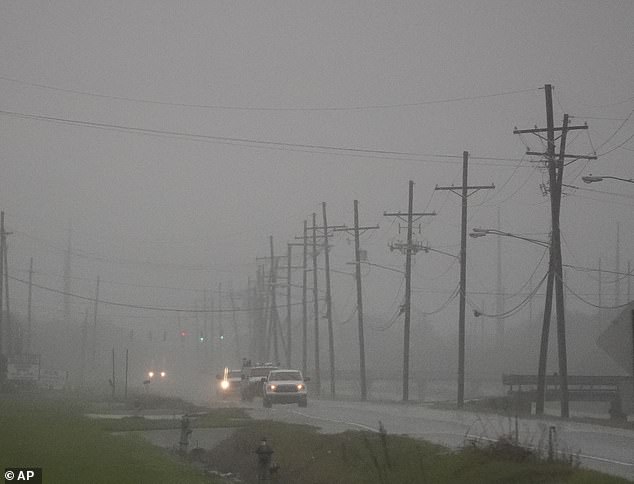
Cars drive through rain bands along Peter Rd., just outside New Orleans, ahead of Tropical Storm Francine, in Harvey, Louisiana on Tuesday.
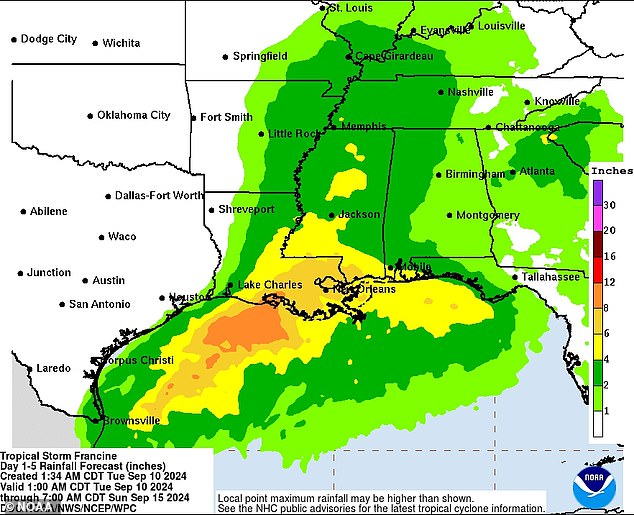
Flash flooding and urban flooding are likely for parts of northeastern Mexico and southern Texas. Near the storm center, tropical storm force winds could reach up to 160 miles
From the center of the storm, tropical storm force winds could reach up to 160 miles (257 kilometers).
The Federal Emergency Management Agency is working closely with both states to ensure they are prepared for heavy rain, flooding and life-threatening storm surge.
Residents along the storm’s path were busy stocking up on gas and other supplies, and securing their homes in preparation.
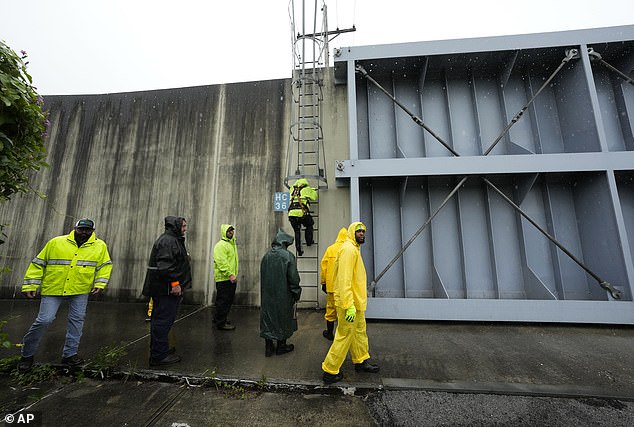
Workers with the Southeast Louisiana Flood Protection Authority-West close floodgates along the Harvey Canal, just outside the New Orleans city limits, in anticipation of Tropical Storm Francine, in Harvey, Louisiana on Tuesday.
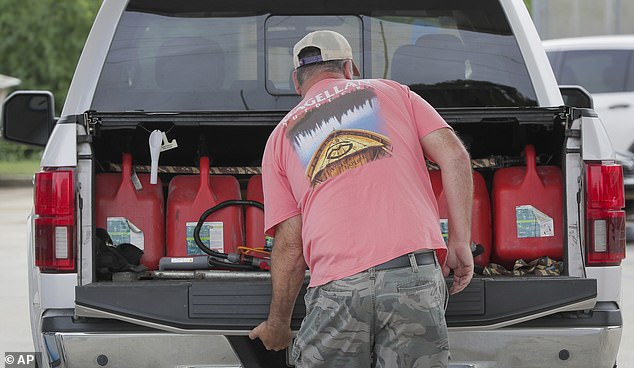
Steve Pete filled gas cylinders in Violet, Louisiana on Monday to give to neighbors and seniors in need ahead of Tropical Storm Francine
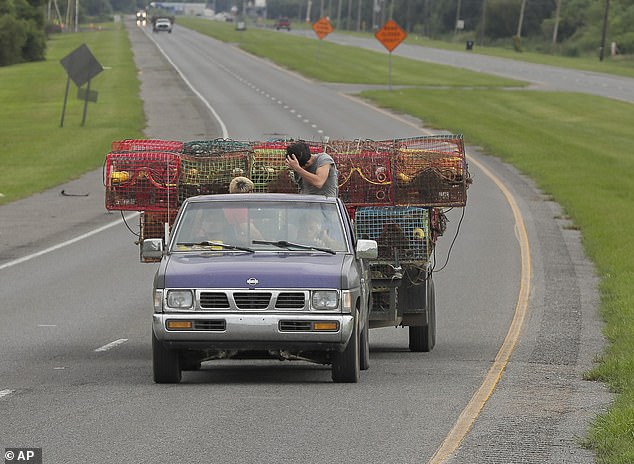
Crab hunters move their traps inside the levee protection system in Lower St. Bernard Parish, Louisiana on Monday.
Tips to stay safe during the storm
Have a plan in place in case the storm escalates. Each family should plan for necessary medical equipment, food, and water.
Evacuate if you are told to do so. If you cannot, make sure you seek shelter in a room that can withstand high winds or go to the highest level if you are trapped by flooding.
Driving through flooded areas can be extremely dangerous, especially if there is a flash flood, which is responsible for half of all flash flood deaths.
Standing in floodwaters can be dangerous if power lines collapse. Human and livestock waste that enters the water can lead to illness.
If the power fails, do not use candles or lighted appliances due to the risk of fire.
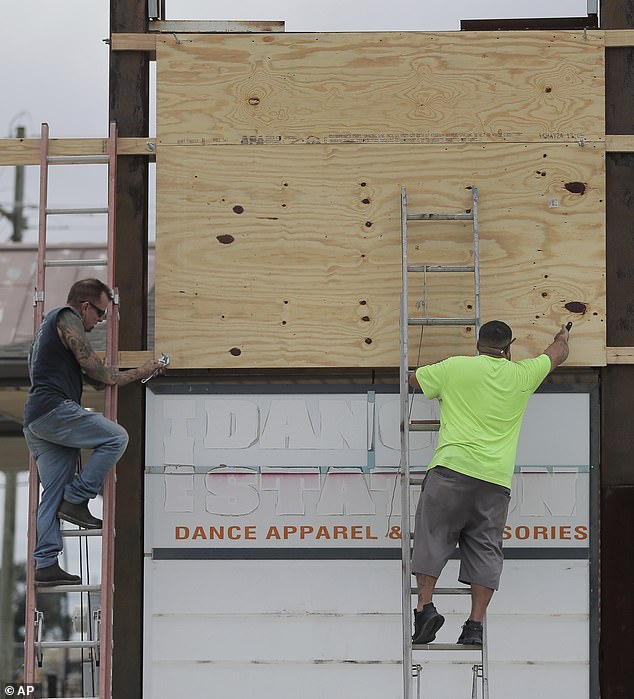
James C. McKenzie (left) and Kelly Blanchard (right) cover an electronic board with plywood in Chalmette, Louisiana on Monday.
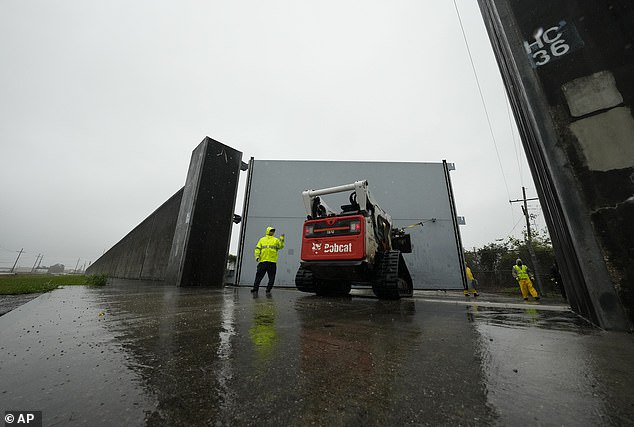
Workers with the Southeast Louisiana Flood Protection Authority-West close floodgates along the Harvey Canal, just outside the New Orleans city limits, in anticipation of Tropical Storm Francine, in Harvey, Louisiana on Tuesday.
Two months since Hurricane Beryl
Tropical Storm Francine arrives two months after Hurricane Beryl strengthened to a hurricane. The storm is moving toward southern Texas, where the outer portions of the storm are lashing the coast with rain and increasing winds.
Beryl was considered a life-threatening storm, with more than 2 million residents without power as the storm moved inland.
Tornadoes spawned by the storm hit Texas and Louisiana as the storm moved steadily northeast from eastern Texas.
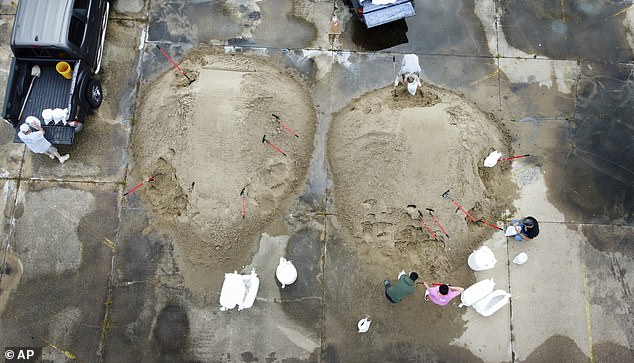
Residents of St. Bernard Parish fill sandbags at a Kmart and Sears parking lot in Chalmette, Louisiana, on Monday in preparation for Tropical Storm Francine
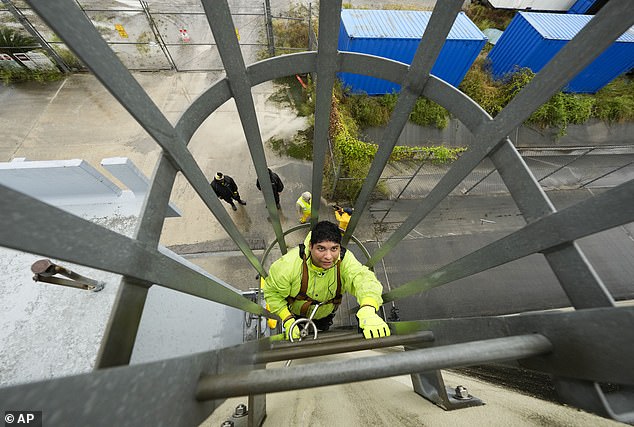
Delwyn Bodden, an employee of the Southeast Louisiana Flood Protection Authority-West, climbs a ladder up a floodgate to close it along the Harvey Canal just outside the New Orleans city limits in Harvey, Louisiana on Tuesday.
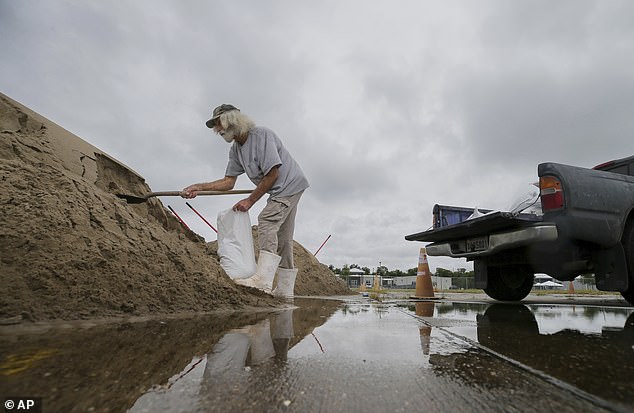
Bubby Longo fills sandbags in a Kmart and Sears parking lot in Chalmette, Louisiana on Monday
Darin Carroll, senior vice president for CenterPoint Energy and based in Texas, promised the company would do better than it did during Beryl, during a press conference that aired on KRPC2 Houston.
“We are ready to show everyone that we have made progress.”
The National Oceanic and Atmospheric Administration predicted an “above-average” Atlantic hurricane season this year due to near-record warm temperatures in the Atlantic, La Niña conditions in the Pacific and less wind in the Atlantic.
They predict 17 to 25 storms, of which eight to 13 are expected to become hurricanes.
